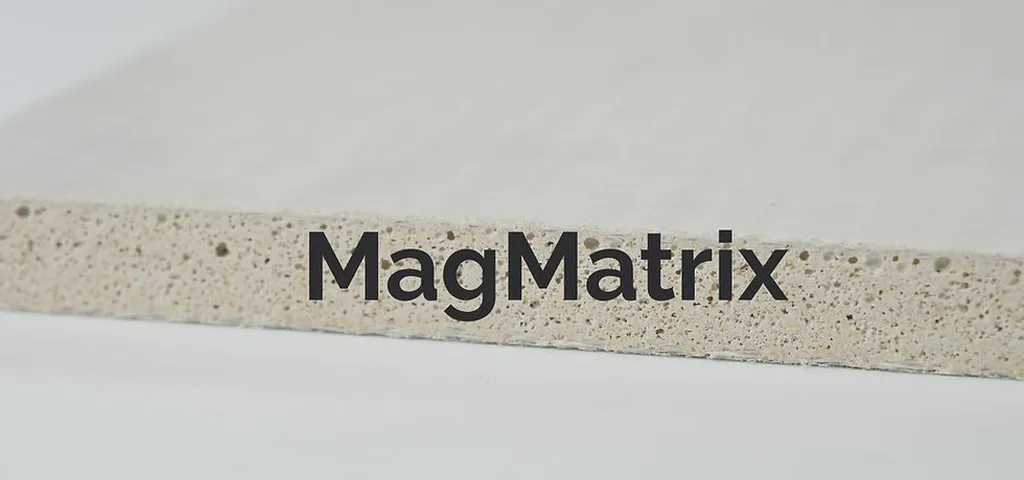In the realm of structural fire protection, a groundbreaking study has emerged that could significantly impact the energy sector and construction industry. Published in the journal *Актуальные вопросы пожарной безопасности* (translated as *Current Issues in Fire Safety*), the research, led by Dr. Anatoly N. Garashchenko, Doctor of Technical Sciences and Head of Department, delves into the efficiency and thermal characteristics of gypsum boards, specifically the «GIPROK-IGNIS» variety.
Dr. Garashchenko and his team conducted a series of tests on a radiant heating stand, simulating both standard and hydrocarbon fire exposure modes. The results not only shed light on the fire-retardant efficiency of these gypsum boards but also revealed how the moisture content within them affects their fire protection capabilities. “Our findings demonstrate the potential for obtaining additional data that can enhance the understanding of gypsum boards’ performance in high-temperature scenarios,” Dr. Garashchenko noted.
The study utilized thermocouple measurements to gather precise data on temperature changes, which can be pivotal for thermal engineering calculations. This information is crucial for designing structures that incorporate fire protection plates like «GIPROK-IGNIS». The ability to predict and model the behavior of these materials under fire conditions can lead to more robust and safer construction practices.
The commercial implications for the energy sector are substantial. As buildings become more energy-efficient and environmentally friendly, the demand for materials that offer both thermal insulation and fire resistance is on the rise. Gypsum boards that can withstand high temperatures without compromising their structural integrity are invaluable in this context. The insights gained from this research could drive innovation in material science, leading to the development of next-generation fire-retardant materials.
Moreover, the study’s focus on thermophysical characteristics and their role in thermal engineering calculations opens up new avenues for research and development. Engineers and architects can now make more informed decisions when selecting materials for construction projects, ensuring that safety and efficiency are not compromised.
As the construction industry continues to evolve, the need for advanced fire protection solutions becomes increasingly critical. This research by Dr. Garashchenko and his team represents a significant step forward in this field, offering valuable data that can shape future developments. The study’s findings are not just academic; they have real-world applications that can enhance the safety and efficiency of buildings across the globe.

